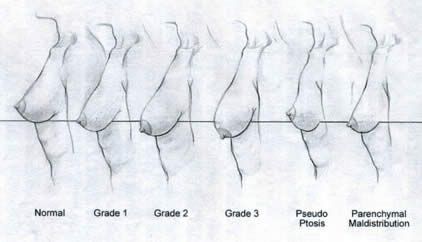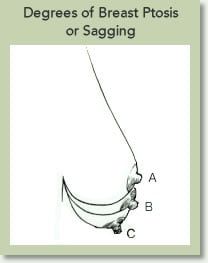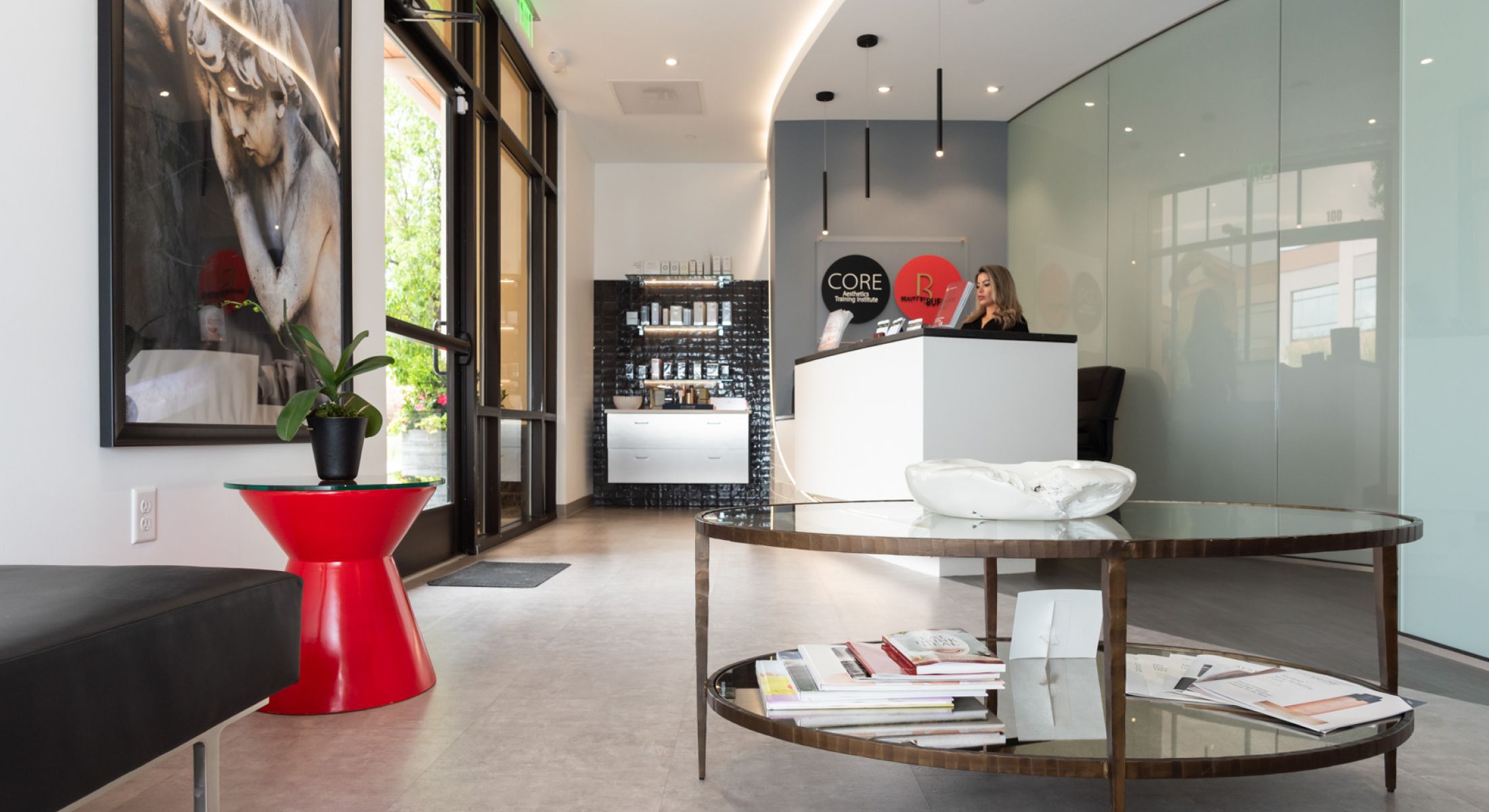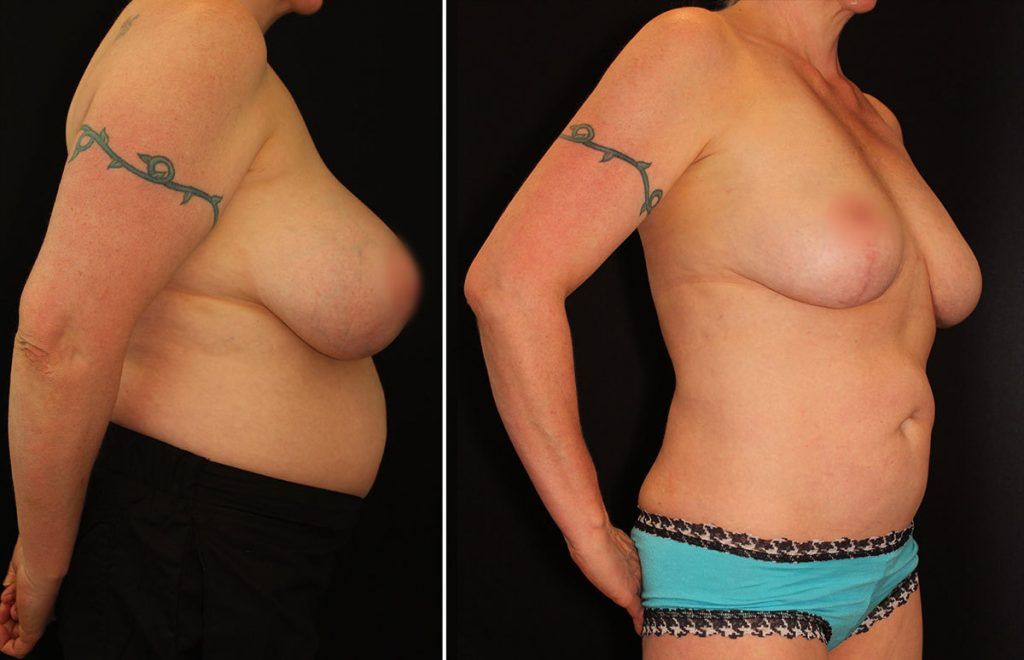
March 18, 2010
As a Board Certified Plastic Surgeon, I find that many of my patients do not completely understand what factors determine whether or not they need a breast lift. To further confuse the issue, some have been to other surgeons who have suggested novel approaches that will “spare” them from the need for a breast lift. And so what is it that really determines whether or not you can achieve a good result from a breast augmentation alone or whether you really also need a breast lift?
Two questions I ask during your initial consultation include the following:
- Are your nipples at or below the level of your breast fold?
- Do you have a significant degree of skin laxity to your breasts?
If the answer to one or both of these questions is yes, there is a good chance that you will need a breast lift. If your nipples are too low, an implant will appear to sit too high when placed beneath the chest muscle. Some describe this look as if the breast tissue is actually falling off of the chest wall. In this case, a breast lift will not only reduce diameter of your areola (pigmented tissue surrounding your nipple), but it will also elevate and effectively lift the nipple/areola to a more optimal position over the implant.
Next, if you have a significant amount of loose skin (e.g.: you’ve either lost a good deal of weight or you’ve had children or both), then a breast lift will help reshape and tighten the skin and create a more youthful look to your breasts. Other factors to consider when creating the most optimal breast size and shape include replacement of volume. My most common patient is the young mom who has lost substantial volume to the upper part of her breasts (superior pole involutional change) and simply wants to replace this lost volume and regain a more youthful shape. In this case, addition of a breast augmentation to the breast lift will create a more optimal result, overall. Simply lifting your breast merely addresses changes to the lower pole and does little to nothing to improve appearance of the upper breast. Because of this, I combine a breast lift with augmentation for a majority of my patients.
The following are the degrees of ptosis that I will considering in determining your need for a Breast Lift:
 Grade I– Minor Ptosis – Nipple is at the level of the Inframammary fold.
Grade I– Minor Ptosis – Nipple is at the level of the Inframammary fold.
Grade II– Moderate Ptosis – Nipples have dropped below the level of the breast crease, but still higher that the majority of he breast mount.
Grade III– Advanced Ptosis – Nipples have dropped below the level of the Inframammary fold, and just at the level of maximum breast projection.
Grade IV– Severe Ptosis – Nipples have dropped below the level of the Inframammary fold, and below the breast mount. They are pointing to the floor!
Pseudo-Ptosis or Glandular Ptosis – Nipple is at the normal level, but the breast Parenchyma has slid down below the level of the Inframammary fold, giving the appearance of a bottomed-out breast.

I mentioned previously that other physicians might recommend alternatives that will help you supposedly avoid a breast lift. These “quick fixes” can include the following:
- Placing any size implant above the muscle (subglandular approach)
- Simply placing a very large implant above or below the muscle
Are these good approaches? For the most part, no! First, by placing an implant above the muscle, you are doing nothing to address the fact that your breasts are droopy. By simply augmenting the breasts, you now have bigger droopy breasts! Next, the quick fix approach of placing a very large implant to fill out a loose skin envelope is an even worse approach. Think about it this way. Your breasts are stretched and droopy and now you are adding a large amount of volume to them. Guess what? Now your breasts are going to droop even faster and even more than they did before. Although once in awhile you may get away with these two approaches, they are rarely a good long term solution and often lead to other problems down the road.
I hope this brief discussion has been helpful. If you have any other questions regarding a breast augmentation, a breast lift or simply want to discuss which approach would be good for you, please contact me or my staff. We look forward to working with you!
Warmest Regards,
Gregory A. Buford, MD FACS







